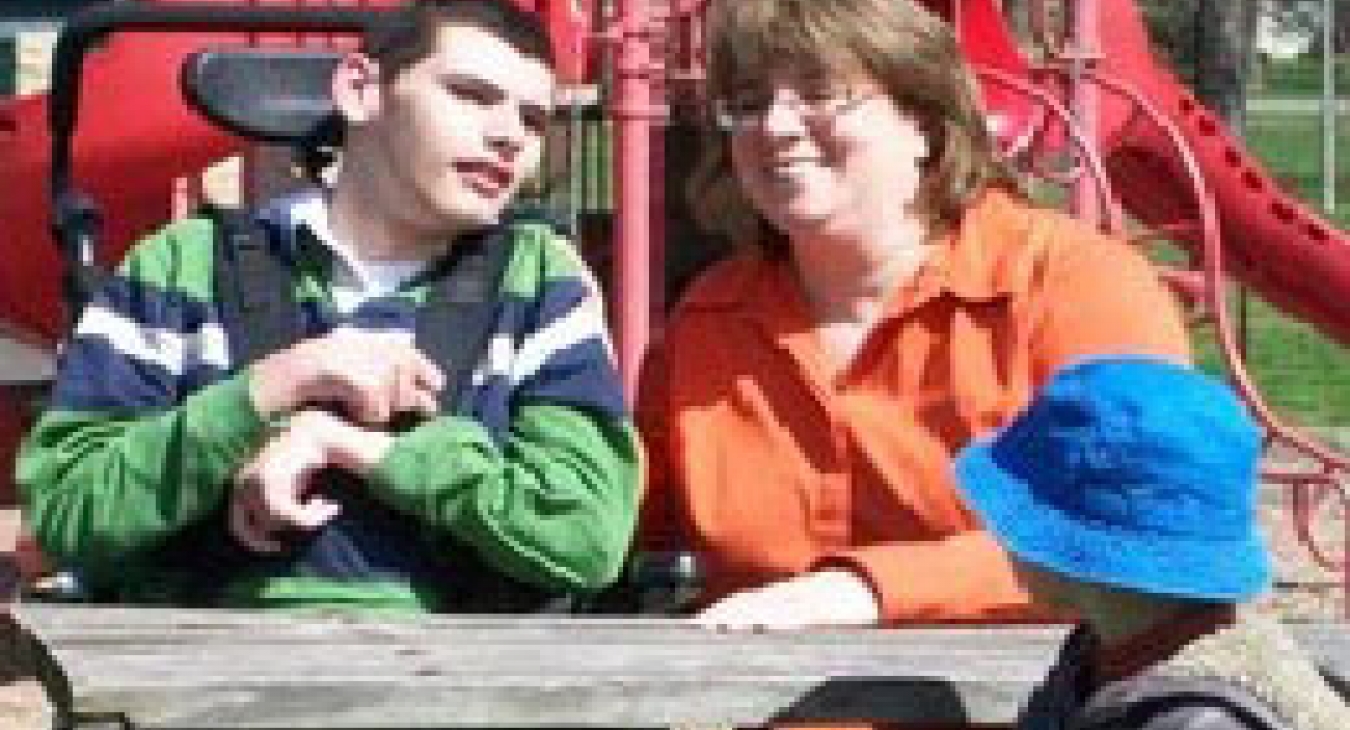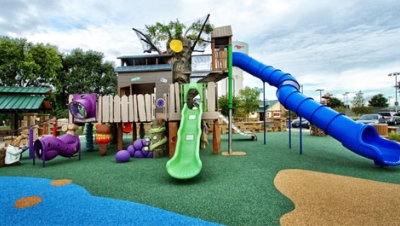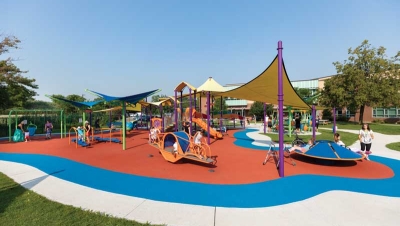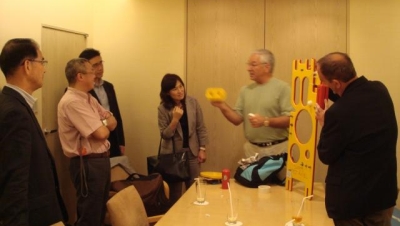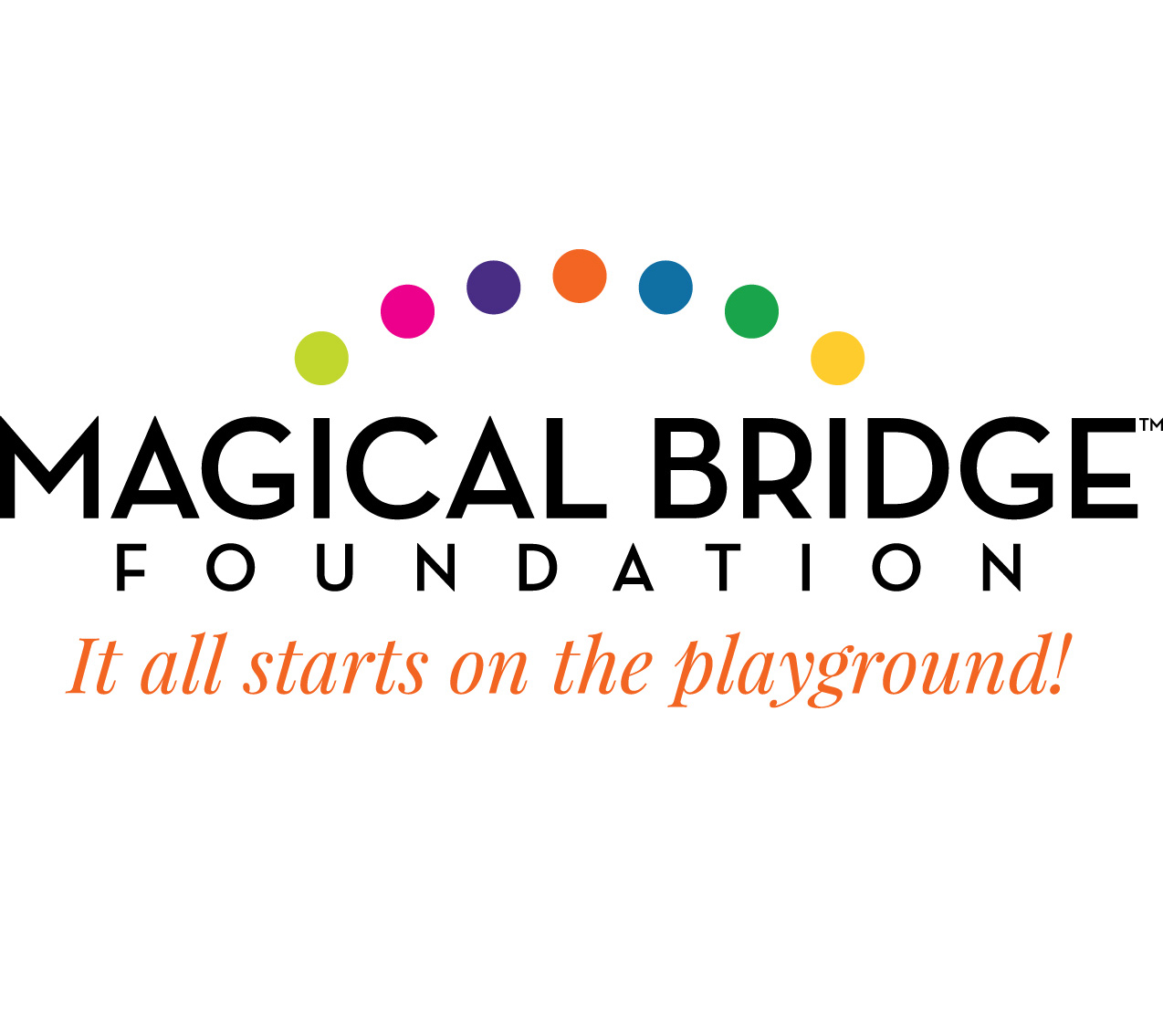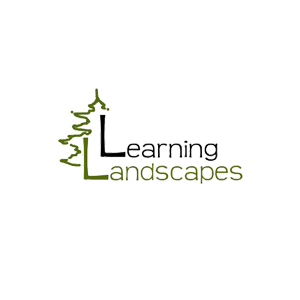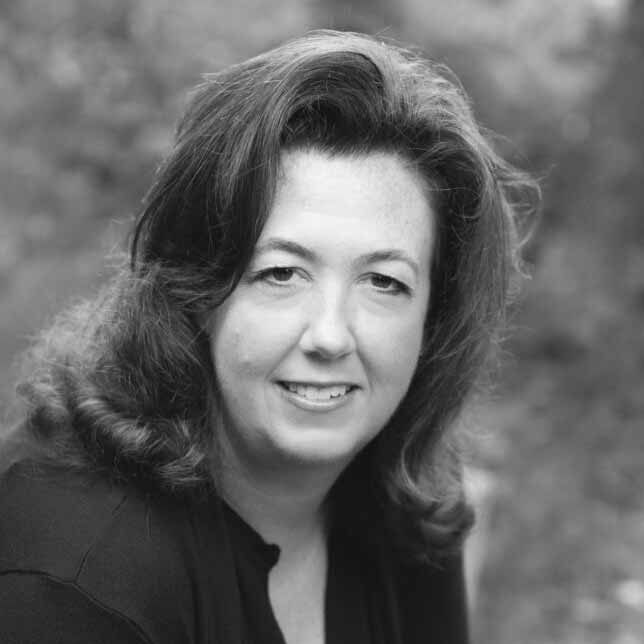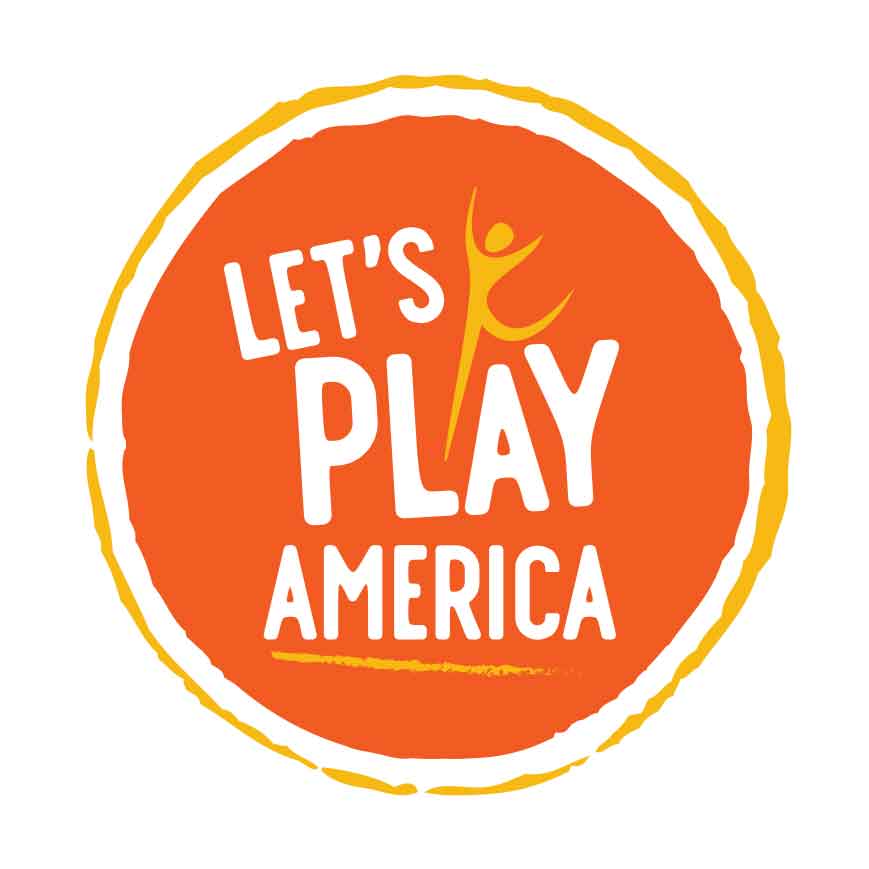My Journey - Mara Kaplan
My journey into the world of inclusive play began almost 20 years ago with the birth of my son. Samuel was born with global developmental delays. Over the last 20 years, he never learned to speak or walk. However, he does love to play. One of his favorite things to do ever since he was an infant is to swing. He giggles and laughs when swinging. He also loves anything that makes sounds, especially music. He spends his days playing (his therapist calls it therapy—I call it play).
When Samuel was born, there were no “accessible” or “inclusive” playgrounds in our area. Actually, there were very few anywhere in the country. We would take Samuel to the park and push his chair through unraked mulch (hoping he didn’t get stuck) and would put him in the toddler swing. It made his day! Of course, he quickly grew too big for the toddler swing and that was the end of the playground experience for him.
This experience was life changing for me. I decided that I needed to make sure that children like Samuel could play together with their siblings and their friends. My journey started with an indoor inclusive play space that I helped found and then operated for seven years. I provided assistance to many other communities looking to create indoor play spaces. However, indoor play spaces are very expensive and not many communities have the resources or the space. So I moved my efforts to outdoor playgrounds.
Wow, has a lot changed in 20 years! Samuel was born shortly after the Americans with Disabilities Act (ADA) was passed. But it took a long time before we started to see changes in the way playgrounds were designed. In fact, it took until 2010 before the ADA regulations in regards to playgrounds became law. It was 16 years ago that the 7 Principles of Universal Design were developed and it took many years after that for them to be applied to playgrounds.
More and more communities are beginning to talk about accessibility and inclusion. Playgrounds designed for all children are being built. A website that I edit, accessibleplayground,net, now has over 700 accessible playgrounds in its directory and more are in development every day. Most of the major playground manufacturers now have products that promote inclusive design. There are large gliders that a person in a wheelchair can access; adapted swing seats, roller slides, musical instruments, special climbers, and many different types of sensory equipment.
However, we are far from done. There is still much work to be accomplished. Almost every press release I read about a new inclusive playground being built says, “This will be the first playground designed for all children in ________.” Fill in the blank with the name of a state, city, school district, etc. The firsts are great. But all playgrounds need to be usable by all children. We need to get past the firsts. There is a perception that inclusive playgrounds are more expensive than regular playgrounds. For many designs this is true. But we must begin looking at all playground designs and figure out how to improve the usability without increasing the cost.
The first generation of accessible playgrounds was all about access. These designs made sure that a person using a mobility device could park, get from the parking lot to the playground and through the playground. This first generation also used ramps for the first time, enabling a child using a wheelchair to experience height.
In the next generation of playgrounds, we are beginning to see the emphasis go beyond access to that of usability. We want to make sure that every child can participate in a rich play experience. We are starting to talk about a variety of disabilities, not just physical disabilities. We are also starting to assess the first generation of playgrounds for their play value. We are asking questions such as: How much play value does a playground full of ramps offer? Are accessible playgrounds challenging enough? Have we created segregation instead of inclusion through our designs? These are hard questions to answer, but we need to continue to improve our play environments for all children, and it is by continually rethinking and redesigning that we can reach this goal.
In this column, I am excited to share with you my thoughts about this new generation of inclusive design. We will be looking at different aspects of design that help promote inclusion. I will give you tours of my favorite playgrounds and describe what works and what doesn’t work in them. I will share my favorite resources and thoughts about different pieces of equipment. I encourage you to join in the conversations with your thoughts and observations.


